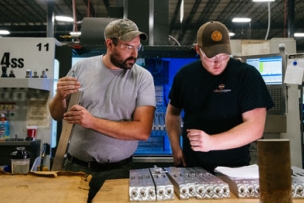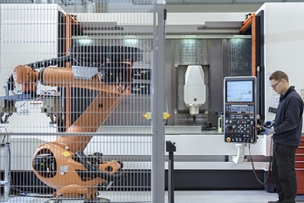Historically, the trend has been for metal companies to put process over people. The manufacturing industry’s shortage of workers with the necessary skills (also known as the “skills gap”), however, is forcing companies to allocate resources back to their workforce.
For many companies, this means changing the way they train and maintain talent, whether that means beefing up training programs or rethinking their hiring tactics. Rockwell Automation, for example, is working to recruit military veterans and leverage their unique skill sets. “We’ve been able to develop a truly groundbreaking program that will help solve a challenge critical to fueling the future growth of the manufacturing sector,” Blake Moret, CEO of Rockwell Automation, states here in a press release. “Military veterans possess a unique combination of technical savvy and core work skills that makes them well-positioned for careers in today’s advanced manufacturing environments.”
Companies are also reevaluating how they are maintaining their talent. As lean manufacturing expert Jamie Flinchbaugh says here in IndustryWeek, you can’t “just hire talent and then leave it alone.” Continuous improvement applies to all areas of an operation, including training and maintaining talent.




Talk to Us!
training should be paramount
29This country needs manufacturers to invest more in training
27Leave a reply
Your email address will not be published. Required fields are marked *